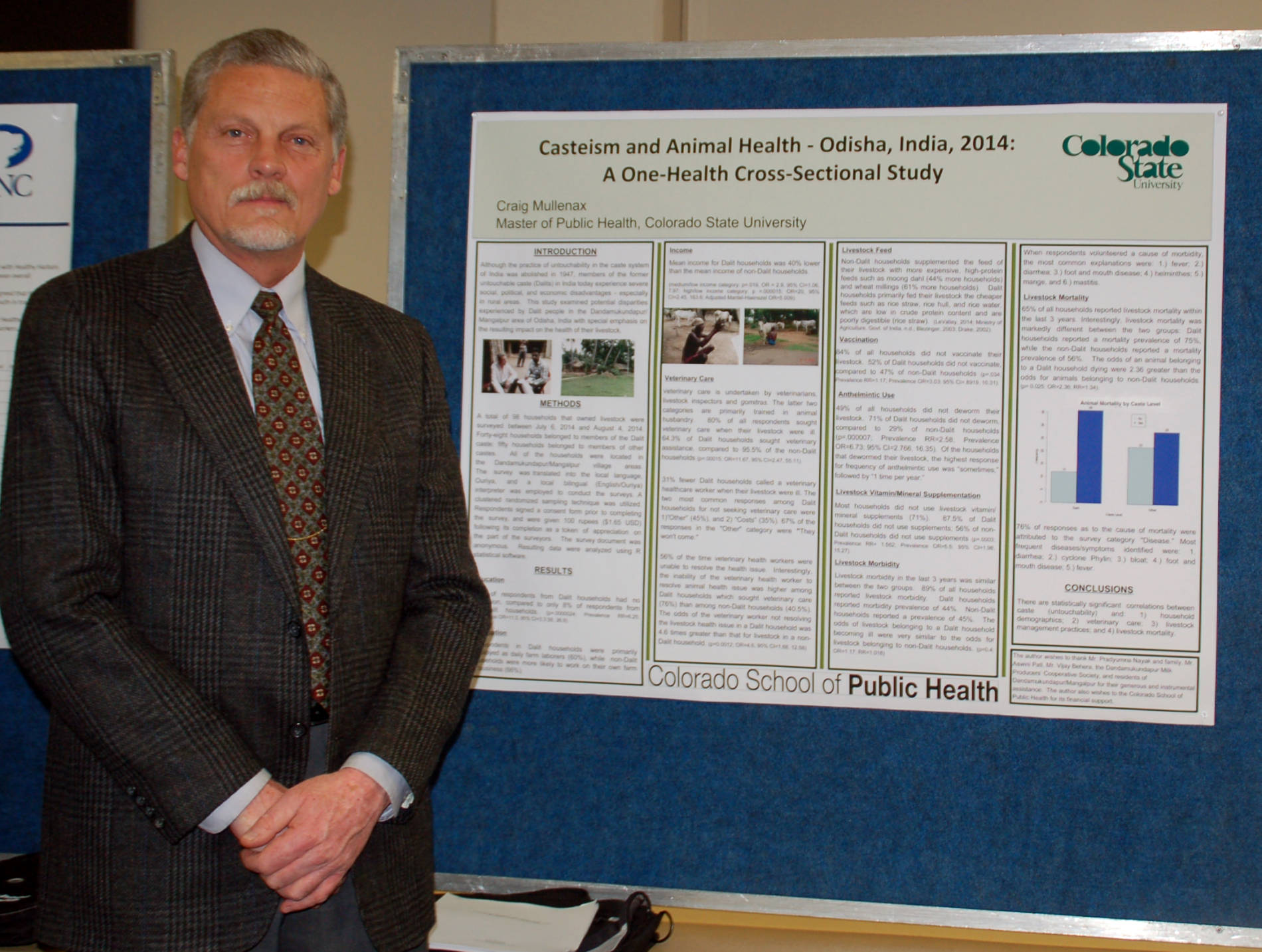On Friday, the Colorado School of Public Health at Colorado State University showcased the capstone projects of its Masters of Public Health (MPH) students. Thirteen MPH students, twelve from the Colorado State University campus and one from the University of Northern Colorado campus, presented their capstone work to an audience of fellow students, faculty, staff, and community members.
The capstone is the culminating academic experience in the Masters of Public Health program, combining curriculum knowledge with practice-based learning. Students select a project based on their academic interests and career goals, then utilize the skill set learned in their MPH coursework to carry it out.
Projects often reflect the concentration of the student, and can take place in the local community or around the world. For example, Amanda Hall, in the Physical Activity and Healthy Lifestyles concentration, worked with the Women’s Clinic of Northern Colorado to design a new program that combines physical exercise with pregnancy education. Craig Mullenax, in the Animals, People, and the Environment concentration, used his extensive knowledge of animal welfare and global health to study the effect of casteism on animal health in Odisha, India. Conor Blanchet, a MPH/DVM student in Epidemiology, examined how mobile health technologies can be used in animal health. Other projects focused on zoonotic disease, suicide prevention, immigrants in the work place, among many other topics.
“The experience of completing my capstone project has been invaluable,” noted Monica Keele, a graduating MPH student in the Global Health and Health Disparities concentration. “I got to take my innate interest in the human-animal bond, and expand it into a project that allowed me to connect those concepts to the local community.”
The capstone presentations also provided an example to other students about ways to use one’s public health education. Justin Hubbell, a first-year MPH student, attended the showcase. “It is really inspirational to see the work that my classmates have put into their projects,” said Justin. “Their individual passions are all very different, but that just demonstrates the overarching and collaborative nature of public health.”

